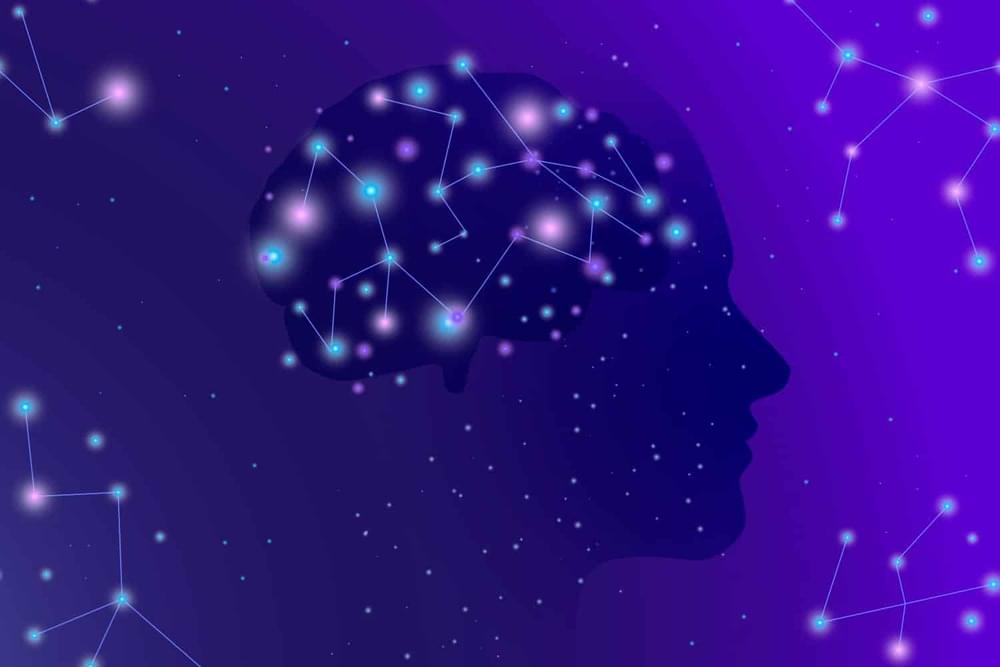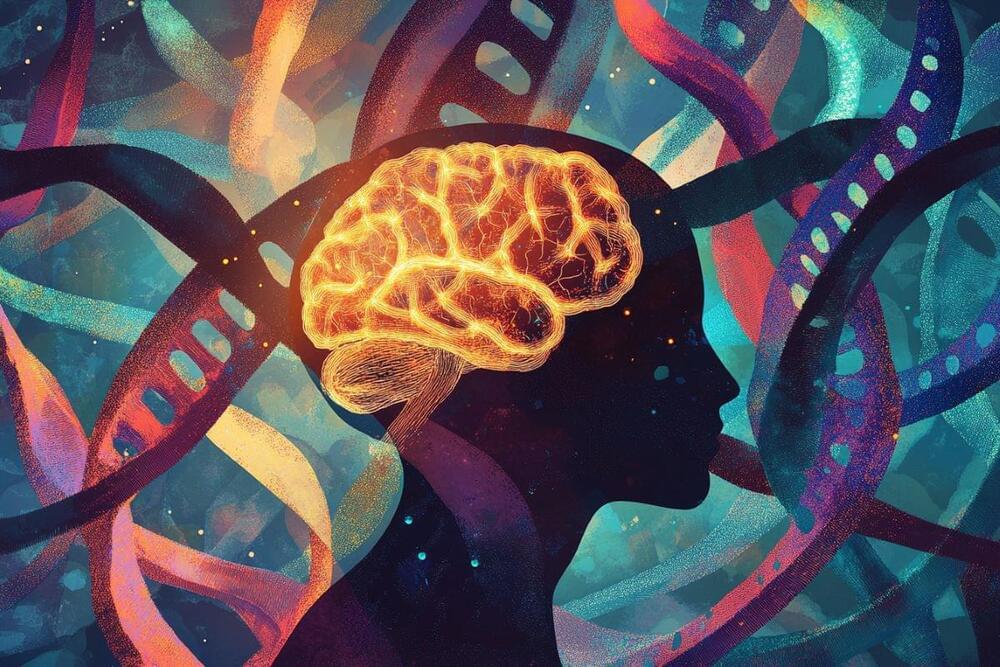Dec 19, 2024
Addressing the Puzzle of Bispecific Antibody Manufacturing
Posted by Shubham Ghosh Roy in category: futurism
To help reduce this problem, Evitria says they’ve licensed Lonza’s bYlok® technology to improve light chain pairing. The starting point involves antibodies with a “knob” or a “hole” in the heavy chains, so-called “knobs-into-holes” technology, to help improve correct bonding between parts of the bispecific, Schmidt explained.
“What you have are two variations, bYlok and non-loked, and another two combinations where one chain has a hole formation and the other a knob formation and vice versa,” he says. “And you can express these four combinations to see the impact of the expression level, the yields, heterodimer formation, and purity.”
By doing this early screening, he adds, it’s possible for customers to speed up their process development and move to commercial bsAb manufacturing.


















